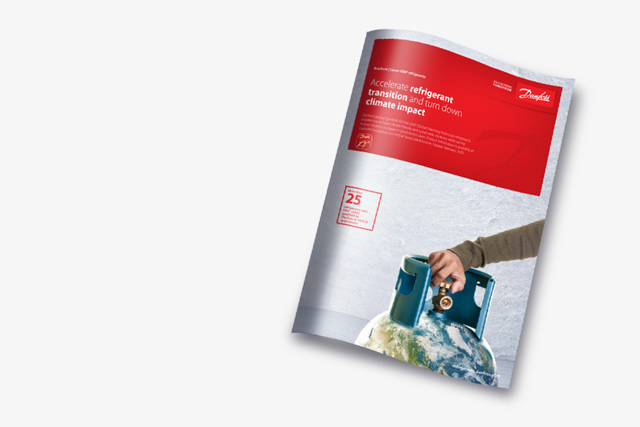La tendance montre une utilisation croissante des réfrigérants légèrement inflammables de classe A2L, surtout maintenant qu'ils ont été intégrés dans les nouvelles normes ISO et IEC permettant des tailles de charge appropriées pour substituer les HFC à fort PRG. Nous constatons également une utilisation croissante de réfrigérants hautement inflammables de classe A3, bien que dans des systèmes plus petits : ces réfrigérants A3 sont également soutenus par la nouvelle norme IEC 60335-2-89 qui autorise jusqu'à 500 g de réfrigérant A3 dans les systèmes hermétiques. Pour permettre des capacités de refroidissement plus élevées, des tailles de charge accrues sont nécessaires. Une nouvelle mesure consiste à considérer la "charge libérable" au lieu de la charge totale du système lors de l'évaluation des niveaux d'inflammabilité inférieurs (LFL). Cela peut être justifié si certaines parties du système peuvent être isolées en cas de fuite. Cette nouvelle mesure est utilisée dans la norme (éd.7) IEC-60335-2-40.
CO₂ is widely used in industrial refrigeration and commercial refrigeration racks in the EU, NAM, Australia and Japan. We believe that this trend, which started in Europe, will eventually extend to the rest of the world.
We foresee ammonia continuing to be a very well accepted, particularly in industrial refrigeration applications, though its toxicity means requires unique safety measures. Low Charge systems are available and they are very efficient.
We expect that a solution using both CO₂ and ammonia in cascade will be increasingly used . We see the very energy efficient hydrocarbons playing an important role in lowcharge systems around the globe and especially in the EU abig increase in air to water heat pumps for domestic usage is foreseen – however for smaller capacities. Hydrocarbons will also be increased in chillers and large scale heat pumps where the systems are placed out door or in machinery rooms. We believe that HFCs will not disappear, but will be limited to those with the lowest GWP and will be combined with HFOs as is already happening. HFC and HFO are now moving towards more environmentally friendly, but often mildly flammable, versions, making safety precautions all the more important. The potential PFAS discussion and the following uncertainties is likely to result in some regional preferences for not using F-gases. In conclusion it means a high diversity of refrigerants.
The demand for low-GWP refrigerants will continue to challenge our current perception of which refrigerants can be used in certain applications, but will also drive innovations in system design.




